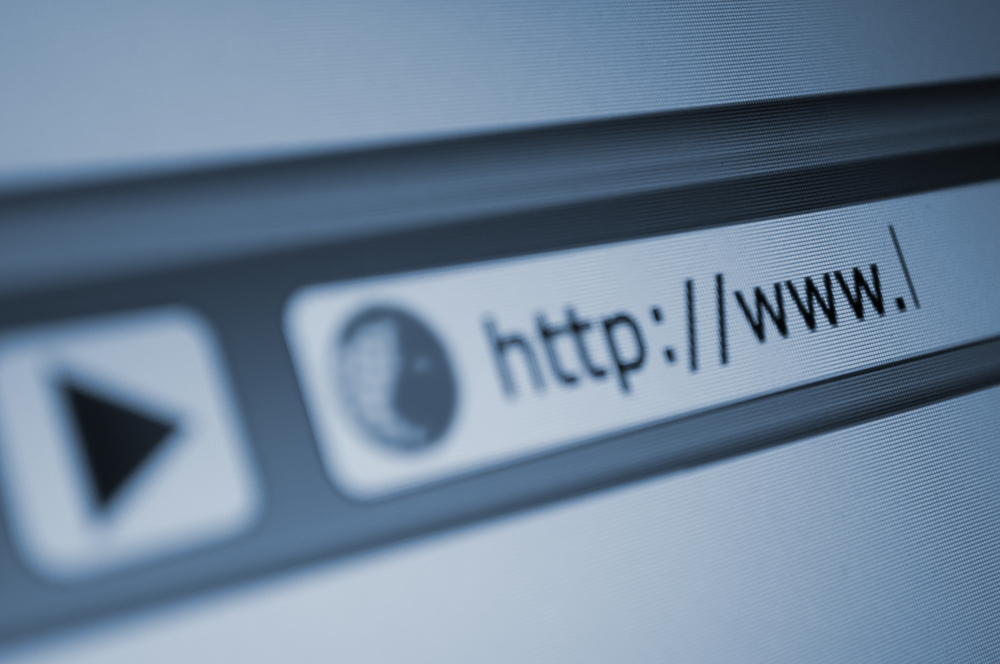
As environmental crises linked to climate change continue to rise, businesses are being asked to show what they are doing to tackle the problem and prove that their sustainability credentials are both truthful and impactful. The government has set the UK on a path to net zero by 2050 and organisations in the private and public sector are working towards their own targets, often more ambitious than the government’s own.
Put simply, net zero for an organisation refers to the balance between the amount of greenhouse gas emissions that is produced through its activities, and the amount that is removed from the atmosphere, by reducing those emissions…. i.e., by using less energy, disposing of less waste, and buying products and services that have a lower environmental impact.
But are we acting fast enough and is it enough?
While organisations and governments seem to be focusing on big ticket targets, such as legislating a move from petrol to electric vehicles, decarbonising the power grid by use of renewables, encouraging greener methods of transport like rail or bicycle, and focusing on improving recyclability and reuse in the design of consumer products. What are they or can they be doing about the internet and digital services.
Recognising digital assets as pollutants
Did you know that digital websites and services also come with their own environmental impact. Digital technology is responsible for 4% of global greenhouse gas (GHG) emissions and is rising each year – it’s currently a bigger pollutant than the entire aviation industry. Something then needs to change, but what?
This might sound odd. The internet is an ever-present entity we can’t see, and so many believe its carbon footprint is minimal. Having the internet at our fingertips has become a given. People now expect free access to all the information in the world at the touch of a button. Yet, the amount of energy it takes to operate the internet is vast. The data centres running it, consume vast amount of energy to power and cool them, which in part is generated by the burning of fossil fuels, which is a major contributor to climate change. Less not forget about the vast quantity of electronic waste created as thousands of new devices go online every day, replacing those that are put to a final sleep.
Alongside this, the quantity of data on the internet is rising. Not only are the video streaming services, which already use a lot of data, always adding new content, but thousands of new web pages go live, every day.
Better understanding of the environmental impact of the internet is therefore required by creators and end users. Most people don’t look at or think about the internet as a pollutant. They don’t realise that you can have carbon positive websites, and that fixing the internet’s inefficiencies will go a long way to helping our planet. But these are problems we can start to resolve.
How you design and code a website can make a big difference
While there’s a lot which can be done, in terms or greening our data centres, easier and effective sustainability goals should start with building more climate friendly websites.
There are two ways we can do this. First up is changing the way web pages are coded.
Websites automatically grab lots of information about the people using them. This data needs to be stored, processed, and often isn’t used in a way which helps the business gathering it. Ensuring code is written in a way that means websites don’t repeatedly collect invaluable information is a good starting point.
Another example is to give users the ability to toggle between a normal view of the internet and a low bandwidth version. Low bandwidth webpages require less processing power, lessening the amount of carbon used by services. A low carbon view of a website has no pictures, videos, and no decoration. By providing a switch on all webpages which offers the option to see both views, users can choose their own journey, and make an active contribution to offsetting their carbon footprint.
It’s important to note here though, we can’t just force low carbon websites on people. People learn better through pictures, images, diagrams, and videos – they’re important. We must protect inclusivity and ensure all websites work for everyone, so allowing users the choice over their preferred way of learning will positively change the impact the internet is having on climate change.
Final thoughts
The influence of organisations making these two small changes could be vast. For example, a simple calculation on a recently designed website trial showed that a better designed website alone could reduce the carbon footprint of a webpage anywhere between 30% and 70%, a saving which will enable a vast positive outcome for the earth.
Ensuing web pages are built with the environment in mind not only has positive benefits for society, but also the organisations themselves. This simple solution, by reducing the demand for electricity for servers and air conditioning systems to cool them, could lead to significant cost savings.
So, now is the time for organisations, whether public or private to start thinking about improving their websites – and lead the charge to create a positive environmental change.

Carl Johnson is Programme Director, Contact Services and Defence Sector at Shared Services Connected.
Across SSCL Defence, Carl is responsible for customer engagement strategy, tools and processes, including contact centre technology, website and portal delivery, mobile app delivery, knowledge management and omni-channel build, providing solutions to support over 300,000 civil servants, 150,000 serving personnel within the MoD and over 1m veterans.
Delivering joined up services that span traditional and digital engagement, seeing significant reduction in cost to serve while driving improved engagement scores across all touchpoints.


